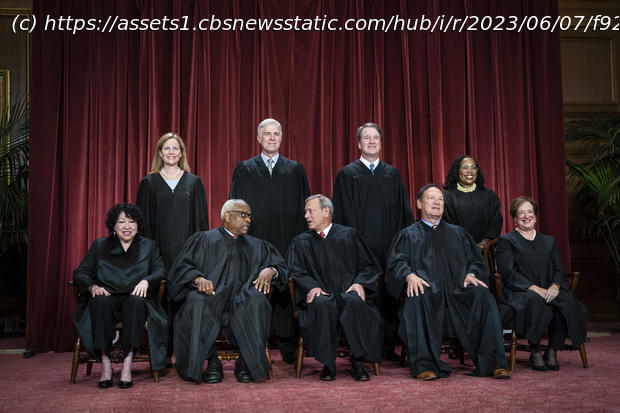The Supreme Court overruled a 40-year-old decision that said federal courts should defer to agencies in certain cases. Here’s what it means.
In a blockbuster decision Friday, the Supreme Court that directed federal courts to defer to agencies’ interpretation of unclear laws enacted by Congress.
The landmark ruling from the court, which divided 6-3 along ideological lines, curtails the regulatory power of federal agencies and is expected to restrict the government’s ability to impose regulations on areas like the environment, health care and the workplace.
The decision marks a major victory for the conservative legal movement, which has long called for dismantling the framework that arose out of the 1984 ruling in a case known as Chevron v. National Resources Defense Council.
The justices did just that with their ruling in a pair of cases involving a 2020 federal regulation that required owners of vessels in the Atlantic herring fishery to pay for monitors while they’re at sea.
Here is why the decision in those two cases is so significant:What is Chevron deference?
The concept of Chevron deference was borne out of the 1984 decision, which involved a challenge to a regulation enacted by the Environmental Protection Agency under the Clean Air Act that defined “stationary sources” of air pollution.
In that case from four decades ago, the Supreme Court used a two-step approach to uphold the EPA’s definition. The first step was to decide whether Congress had directly spoken to the question at hand. If Congress’ intent was clear, that marked the end of the analysis. But if not, and the statute was ambiguous as to the issue, the second step said courts should defer to the agency’s interpretation of the statute if it is reasonable.
That two-step test was referred to as Chevron deference. In practice, it has given broad leeway to federal agencies and government regulators to interpret laws when there is some dispute over what the text of the statute means.
Home
United States
USA — Political Why the Supreme Court's decision overruling Chevron and limiting federal agencies is...






